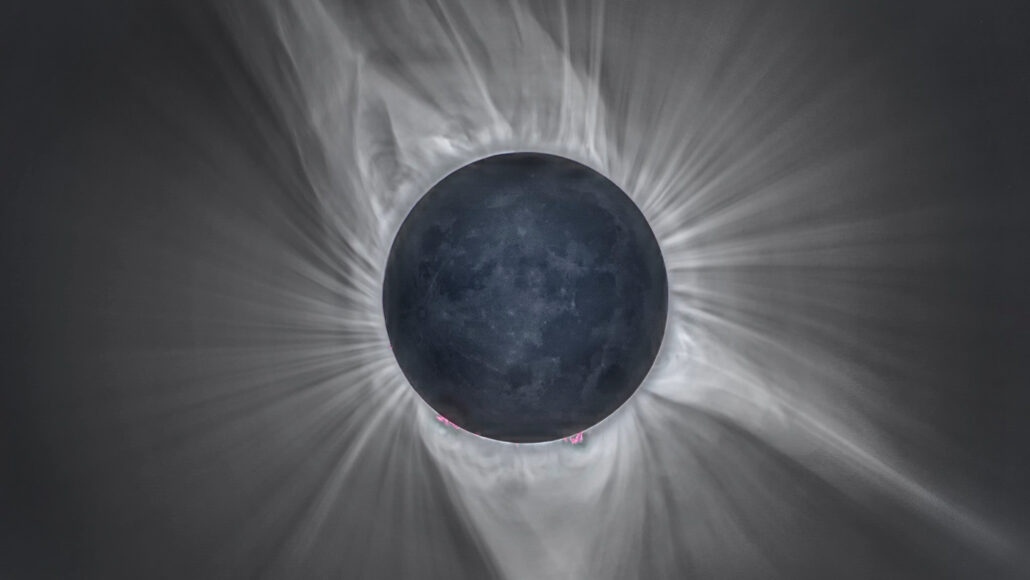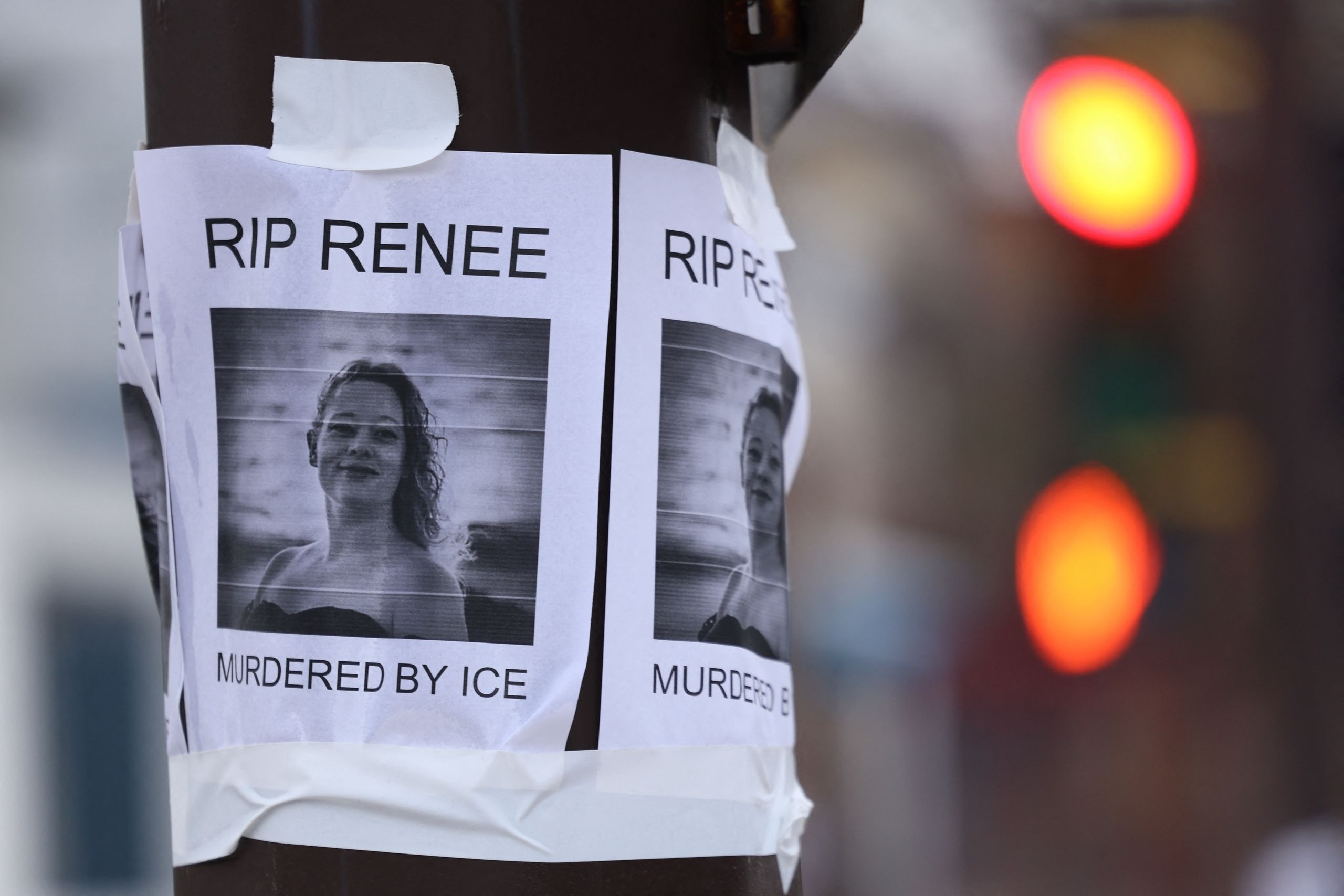2024 Solar Eclipse: The Role of Citizen Scientists in Contributing

The "ring of fire" eclipse that occurred last Saturday, which covered 98 percent of the sun's surface, was an unusual and impressive phenomenon for those able to witness it. However, the complete solar eclipse scheduled for 2024 is anticipated to be an even more extraordinary event.
On April 8, during the solar event that will span across the United States, the sun will be reaching its most dynamic stage. This phase, called solar maximum, occurs every 11 years when the sun presents more sunspots, improved light and radiation, and regular eruptions of charged particles from the sun's surface, in the form of solar storms that can pose a threat to satellites and could potentially disrupt communications and power grids on Earth (See SN: 2/26/21).
Being on the brink of a solar maximum proves to make it an excellent time for an eclipse.
A combination of heightened solar activity and a total eclipse gives a seldomly seen view of the sun's outer edges at a time when researchers have an unprecedented number of scientific tools to study our star, says NASA Headquarters' astrophysicist, Kelly Korreck, based in Washington, D.C. This is causing a surge of activity and a myriad of projects hoping to leverage this chance to gain a more thorough understanding of the sun and its influences on our planet and its atmosphere.
The benefits of this remarkable spectacle aren't only felt by professional scientists. As Korreck states, "There's a lot of emphasis on citizen science and having folks join NASA in doing [solar] science projects."
Here are several methods by which you can partake in science during the upcoming eclipse.
Volunteers situated along the path of totality, where the sun is completely obstructed by the moon, will capture photos of the eclipse that will then be compiled into a film documenting the event from Texas to Maine. The 2024 Eclipse Megamovie is an enhanced continuation of the 2017 undertaking which was the initial aggregating effort of total eclipse images formed into a movie (See SN: 8/2/17).
The 2017 version's main goal was to encourage individuals to go out and witness the eclipse, says physicist Laura Peticolas of Sonoma State University in Rohnert Park, California. This time, however, the goal is to "gather data in a more structured way in 2024 to increase our likelihood of having publishable results."
Volunteers with superior cameras that use mounting systems which allow precise tracking of the sun's trajectory in the sky will collect images which are optimized for scientific interpretation of the movie.
"We are one of the only [volunteer-based] teams examining the motion of the [visible plasma jets] moving from the bright sun's photosphere to the solar wind, where NASA monitors the features continuing into the solar system," Peticolas explains.
In order to contribute your images for the film, volunteers need to apply by October 31. The first 100 volunteers will be provided with the sun-tracking mounts for free by the Eclipse Megamovie collaboration. Those who either miss the application deadline or don't possess the necessary equipment to take photographs can still take part in efforts to evaluate the data in the months following the eclipse.
Even if all you have is a smartphone camera, you can still play a part in the scientific study, as long as you can reach the path of totality.
By using the SunSketcher app, you can assist in timing the emergence of bright spots of light, known as Baily's beads, that appear when sunlight shines through valleys on the moon just before and after the total eclipse. Data from volunteers using the app "will allow us to precisely determine the shape of the sun," says astrophysicist Gordon Emslie of Western Kentucky University in Bowling Green.
The results, according to Emslie, will aid in testing theories of gravity by exploring how the shape of the sun impacts the orbits of the planets. "By including as many phones as possible, spread out over the 2,000-mile-long, 100-mile-wide path of the April 2024 eclipse, we will get views of the solar shape from a very large number of vantage points."
You can participate without it intruding on your other eclipse-watching activities. Simply install the app on your phone, set it up to face the sun, and start the app running at least five minutes before totality. The app will handle the rest, and as a bonus, you will hold on to copies of the photos as a keepsake.
Eclipses have been scientifically noted to have a striking impact on animals since it was first observed in 1932. Volunteers involved in the Eclipse Soundscapes project will expand upon past research by collecting sound data on or near the path of totality.
The requisite for creating the equipment you'll need are available on the Eclipse Soundscapes website. You can also apply to receive a pre-assembled kit. However, if you don't manage to secure one of the ready-made ones and don't wish to assemble a data recorder from scratch, or if you aren't near the path of totality, you can still participate by observing the effects of the eclipse on the environment from wherever you may be.
After you upload your observations to the Eclipse Soundscapes website, volunteers will analyze them along with all the other submitted observations.
There’s more to it than sound, says MaryKay Severino, who is a science education expert with the ARISA Lab in Medford, Mass. Eclipses “are multisensory events, which makes them more powerful and more accessible,” she says. “Eclipse Soundscapes focuses heavily on the sound in addition to other sense observations to help us begin to understand how solar eclipses affect nature.”
Some projects rely on teams sharing specialized equipment to observe the eclipse. The Dynamic Eclipse Broadcast Initiative will provide cameras and telescope systems, along with training, for upwards of 35 teams who will estimate the speed and acceleration of plumes ejected from the solar corona.
Sixty teams taking part in the Citizen Continental-America Telescope Eclipse project will use cameras that can record the corona with polarized light in a quest to understand how the solar wind emerges from the sun (SN: 6/7/23).
Both projects have limited supplies of equipment, which means limited opportunities for volunteers, so get in touch with them soon if you want to join.
Other projects involve repurposing equipment intended for different uses. Ham radio buffs can join the HamSCI community to see how eclipses change the way radio signals propagate through the atmosphere. NASA’s Radio JOVE project includes eclipse-monitoring information for amateur astronomers who typically rely on radio telescopes to study the sun, Jupiter and the Milky Way galaxy.
Whether you set up a camera, install an app, join a team or fire up your radio receiver, Korreck says there has never been a better time for citizen scientists to contribute to solar eclipse research. And if you miss the event on April 8, you’ll have to wait a while for another chance, she says. “This is the last one for 20 years that covers any major part of the U.S.”
This article was supported by readers like you. Invest in quality science journalism by donating today.




